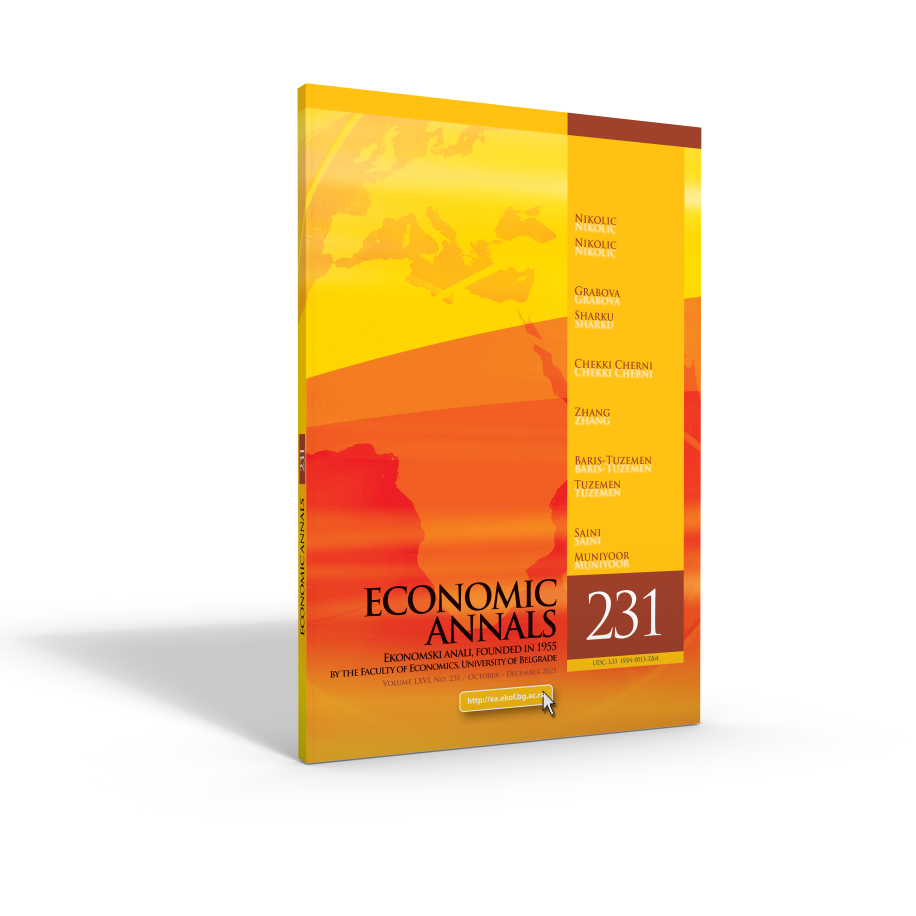REVISITING THE DEBT–GROWTH NEXUS: EVIDENCE FROM INDIA
##plugins.themes.bootstrap3.article.main##
##plugins.themes.bootstrap3.article.sidebar##
Pratibha Saini
Krishna Muniyoor
Krishna Muniyoor
Abstract
The main purpose of this study is to examine the debt–growth nexus in India over the period 1984–2019 using Bayer-Hanck and Autoregressive Distributed Lag (ARDL) cointegration techniques. The findings of both techniques suggest the existence of a negative relationship between public debt and economic growth in the long run. The results also confirm the significant negative relationship between foreign exchange reserves and economic growth. Interestingly, the test results confirm the unidirectional causality running from public debt to economic growth in the case of India. From a policy perspective, reducing public debt is imperative to achieve long-term sustainable growth. Efforts should be made to circumvent the burden of burgeoning interest liabilities by generating a primary surplus, which will facilitate debt servicing and timely repayment of debt.
##plugins.themes.bootstrap3.article.details##
Keywords
economic growth, public debt, foreign exchange reserve, Bayer-Hanck, ARDL, India
JEL Classification
H63, E6, C32
Issue
Section
Articles
How to Cite
Saini, P., & Muniyoor, K. (2021). REVISITING THE DEBT–GROWTH NEXUS: EVIDENCE FROM INDIA. Economic Annals, 66(231), 151-172. https://doi.org/10.2298/EKA2131151S
How to Cite
Saini, P., & Muniyoor, K. (2021). REVISITING THE DEBT–GROWTH NEXUS: EVIDENCE FROM INDIA. Economic Annals, 66(231), 151-172. https://doi.org/10.2298/EKA2131151S

